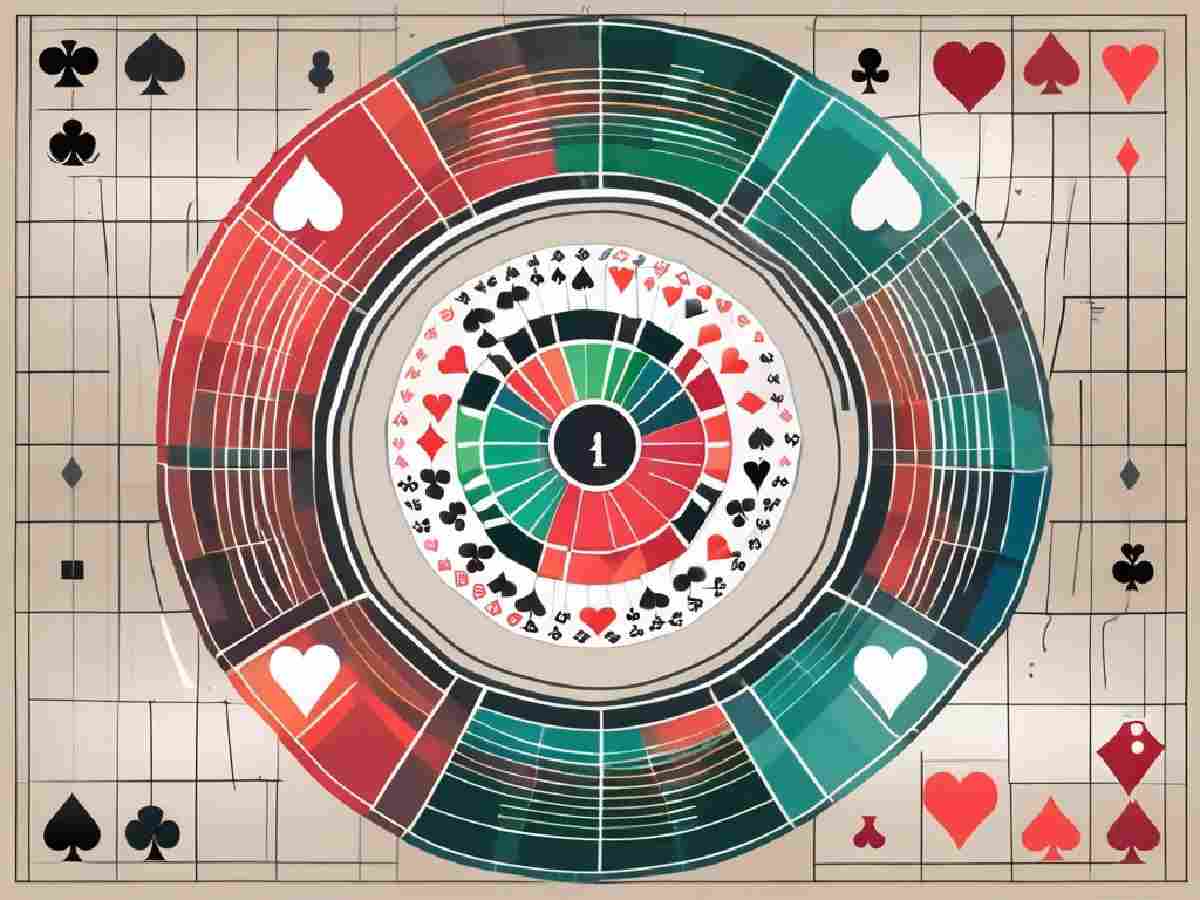Poker is not just a game of chance; it’s a strategic battle where understanding your opponents can lead you to victory. One of the most critical concepts in poker strategy is the use of ranges instead of specific hands. By learning how to effectively use poker ranges, players can significantly improve their chances of winning. This article will explore how to master this essential skill through various stages of understanding, application, and refinement.
Understanding the Basics of Poker Ranges
Poker ranges represent the spectrum of hands that a player might have in a given situation. Instead of focusing on a single hand, which can limit your strategic thinking, ranges allow for a broader view of possibilities. Understanding ranges is imperative for making informed decisions throughout the hand.
A typical way to categorize ranges is by strength or potential—such as premium hands, broadway cards, suited connectors, and low-value holdings. By assigning a range to an opponent, you can better gauge their likely actions and adjust your strategy accordingly. For instance, if you believe your opponent is playing a tight range, you might be more inclined to fold weaker hands, while a looser range could encourage you to play more aggressively with marginal holdings.
The Importance of Ranges in Different Game Formats
Understanding how poker ranges function can differ significantly across various game formats—whether it be cash games, tournaments, or sit-and-gos. Each format requires players to adapt their range strategy based on factors like stack size, payout structures, and player tendencies.
- Cash Games: In cash games, the effective stack size tends to remain deeper, allowing for a more extensive range of hands. Aggressive play pre-flop is often rewarded here, as you can afford to explore wider ranges.
- Tournaments: In tournament play, the pressure of surviving and accruing chips leads to more conservative approaches early on. However, as you progress through levels, especially as antes kick in, you may need to widen your range to maintain competitiveness.
- Sit-and-Gos: These formats often require players to adjust ranges based on the number of players left. Early in the game, a tighter range might be optimal, shifting to a looser approach as the bubble approaches.
How to Construct Your Own Poker Ranges
Building your 7 poker ranges is crucial for adapting to different opponents and formats. It begins with establishing a baseline according to your position at the table. The earlier the position, the tighter your range should be.
- Identify Hand Categories: Start by classifying hands into categories like premium, strong, speculative, and trash hands. This should be based on your experiences and the game dynamics.
- Adjust for Position: Modify your ranges depending on where you’re seated at the table. For instance, a loose range can be accepted in the cutoff position, while a tighter approach is optimal when under the gun.
- Consider Opponent Tendencies: Tailor your ranges to exploit your opponents’ weaknesses. If you notice that your opponent is overly aggressive, consider tightening your range and waiting for strong hands.
Common Mistakes When Using Poker Ranges
Even seasoned players can fall into traps when it comes to ranges. Here are a few common mistakes to watch for:
- Overestimating Your Own Range: Just because you perceive your range as strong doesn’t mean it’s unexploitable. Be wary of hyper-aggressive plays from your opponents who might catch you off guard.
- Ignoring Table Dynamics: Relying solely on ranges without considering table dynamics can lead to costly errors. Game flow, stack sizes, and player tendencies must inform your approach.
- Static Ranges: Adopting a “one-size-fits-all” range fails to account for changing circumstances. Continuously reassess and adjust your ranges based on the evolving situation at the table.
Real-Life Examples of Successful Range Applications
Practical application of ranges in poker is best illustrated through real-life scenarios. One notable example can be drawn from a famous tournament where a player, faced with a short stack, chose to shove with a range-inclusive of high cards and suited connectors.
By doing so, he applied maximum pressure on opponents with larger stacks, forcing them to make tough decisions. The result was not only a successful double-up but the subsequent ability to reshape his table presence and control over the dynamics of the game.
Advanced Strategies: Merging Ranges and Bluffing
At advanced levels, players benefit from merging their ranges, a strategy that blurs the lines between value hands and bluffs. This approach keeps opponents guessing while allowing for greater strategic flexibility.
Bluffing becomes more effective when merged ranges are employed. Players can implement bluffs with hands that would otherwise be regarded as weak, significantly increasing their fold equity. For instance, if your range looks strong, bluffs can be introduced organically.
Tips for Practicing Range-Based Play at the Tables
Implementing range-based play can be challenging, but practice makes perfect. Here are some valuable tips to enhance your skill:
- Review Your Sessions: After each session, evaluate hands where your range application felt off. Analyze why specific plays didn’t work out and fine-tune your approach.
- Use Training Tools: Utilize software programs designed to help visualize and practice ranges. These tools can simulate various scenarios and help strengthen your understanding.
- Engage with Other Players: Discuss range-based strategy with friends or forums. Exploring different perspectives will enhance your comprehension and implementation approach.
Conclusion
Mastering poker ranges can significantly elevate your game. By understanding the principles outlined in this article and continuously applying them at the tables, you can develop a more strategic approach to poker that leads to greater success.










